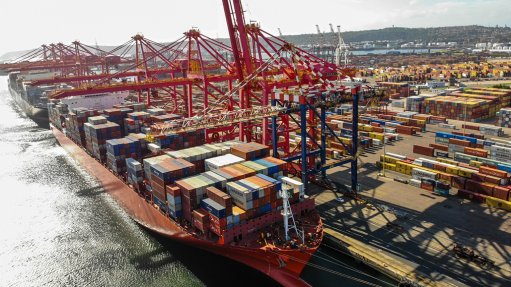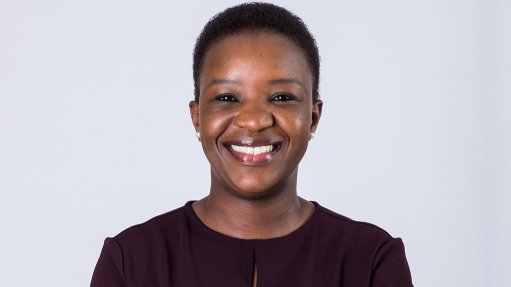Future of wild animals
Jeremy Clarkson, as you should know, is an English journalist and British TV personality who, for several years, presented a television programme which dealt with motor vehicles called Top Gear. He has now changed to a new programme which has people answering questions about various subjects in the hope of becoming a millionaire.
Relatively recently, Clarkson was talking on one of those subjects when he addressed the audience and mentioned that the best country to see animals in the wild is Botswana, and specifically the Okavango swamps. This is quite surprising if we consider the number of wild animals to choose from. In fact, the implication is that Botswana is one of the best natural habitats in the world and it would seem it is better than many countries in Africa, South America, Australia and so on. Eliminating Australia from these countries is hardly surprising – because Australia doesn’t have a huge population of wild animals. Of course, there are a few kangaroos, mate!
South Africa was once full of wild animals to the point of overflowing. I spoke to a friend recently and she said her parents grew up on a farm and the wild animal population was very prolific. They seem to have reduced to some extent. In fact, even in my lifetime (67 years) the number of wild animals that I see in their natural habitat has considerably reduced. There are, of course, wild animals in game parks and private reserves but it was widely believed that the number of animals outside parks was reducing. In fact, it would seem the number is increasing.
Let’s keep this thought and turn to something else. When I was young, there were virtually no whales and dolphins to be seen off our coast. These days Hermanus has the best land-based whale-watching in the world. In most other countries, you have to go to sea in a boat to view whales, whereas in Hermanus you can see them from the shore. Why is there such a proliferation?
The first reason is it’s quite probable nobody appreciated the degree to which whales were hunted. It is a fact that Aristotle Onassis (second husband of Jaqueline Kennedy) was responsible for the death of many whales and that he was never brought to book. It is also a fact that Greenpeace did prevent the death of many whales.
The second reason is that the simple protection of the wild animal population has become much more focused; when I was 13 years old, there were no restrictive rules regarding hunting.
The third reason is that countries have worked together to allow national parks to exist across borders, thereby allowing animals to follow their ancient migration paths. This is the case in the Kgalagadi Transfrontier National Park between Namibia, South Africa and Botswana.
Another reason is the zero-tolerance approach to poaching. Although poaching still exists and, until a few years ago, resulted in many rhinos being poached, this wasn’t enough to eliminate them and are coming back largely due to increased security and international contraband controls.
What is the future? Are we going to see animals increase to the point where some are going to have to be culled, or will we see a dramatic increase in the very lucrative canned hunting safaris? I think we’ll see a decrease in the number of animals living outside parks and an increase in the number living in parks.
What will be very negative for animals is if they start becoming far more abundant than one can reasonably expect. It is well known that when animal and human habitats overlap, the animals come off second best. The simple way to reduce the animal numbers to acceptable levels is to shoot them or kill them in some other way. This will, of course, anger the bunny huggers, the green movement, and so on, and is not recommended. One can hardly prevent the animals spreading, and neither can one decide how many should be allowed to survive. This is something we could ask Clarkson the next time he presents his show.
Comments
Press Office
Announcements
What's On
Subscribe to improve your user experience...
Option 1 (equivalent of R125 a month):
Receive a weekly copy of Creamer Media's Engineering News & Mining Weekly magazine
(print copy for those in South Africa and e-magazine for those outside of South Africa)
Receive daily email newsletters
Access to full search results
Access archive of magazine back copies
Access to Projects in Progress
Access to ONE Research Report of your choice in PDF format
Option 2 (equivalent of R375 a month):
All benefits from Option 1
PLUS
Access to Creamer Media's Research Channel Africa for ALL Research Reports, in PDF format, on various industrial and mining sectors
including Electricity; Water; Energy Transition; Hydrogen; Roads, Rail and Ports; Coal; Gold; Platinum; Battery Metals; etc.
Already a subscriber?
Forgotten your password?
Receive weekly copy of Creamer Media's Engineering News & Mining Weekly magazine (print copy for those in South Africa and e-magazine for those outside of South Africa)
➕
Recieve daily email newsletters
➕
Access to full search results
➕
Access archive of magazine back copies
➕
Access to Projects in Progress
➕
Access to ONE Research Report of your choice in PDF format
RESEARCH CHANNEL AFRICA
R4500 (equivalent of R375 a month)
SUBSCRIBEAll benefits from Option 1
➕
Access to Creamer Media's Research Channel Africa for ALL Research Reports on various industrial and mining sectors, in PDF format, including on:
Electricity
➕
Water
➕
Energy Transition
➕
Hydrogen
➕
Roads, Rail and Ports
➕
Coal
➕
Gold
➕
Platinum
➕
Battery Metals
➕
etc.
Receive all benefits from Option 1 or Option 2 delivered to numerous people at your company
➕
Multiple User names and Passwords for simultaneous log-ins
➕
Intranet integration access to all in your organisation


















